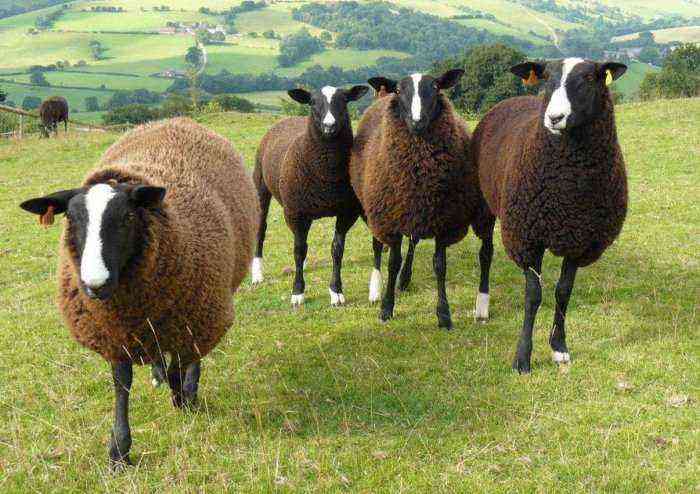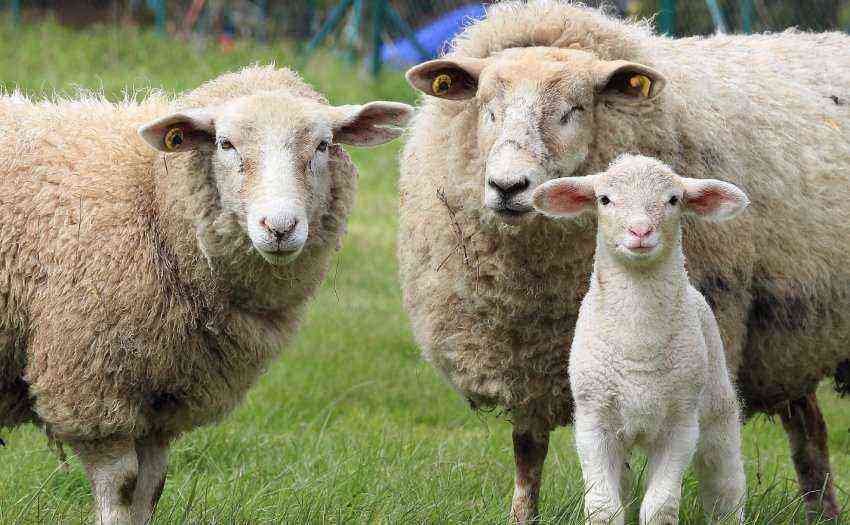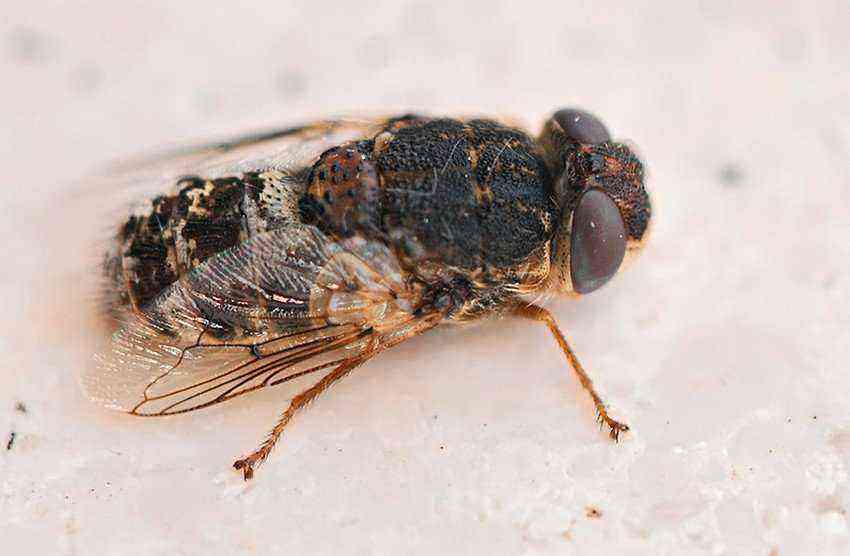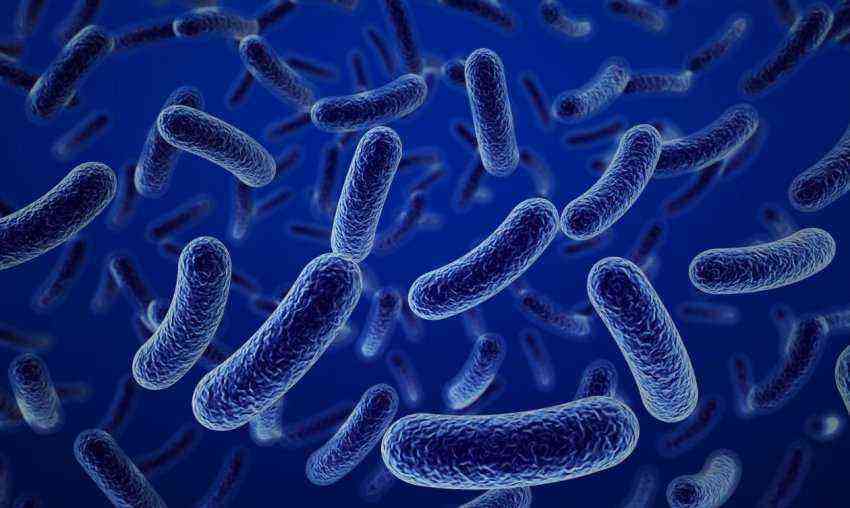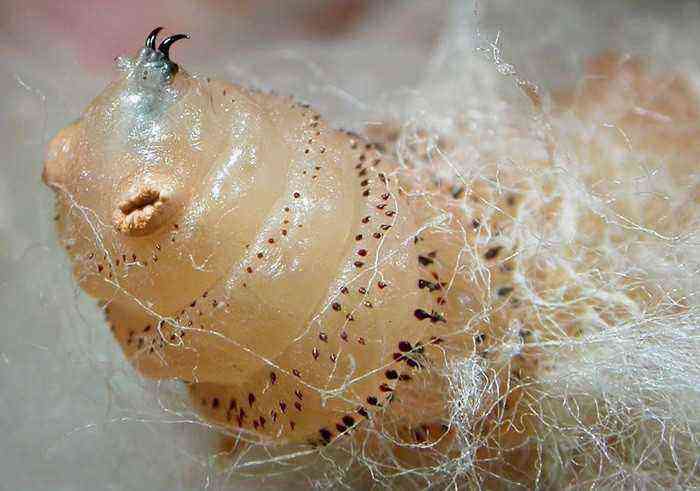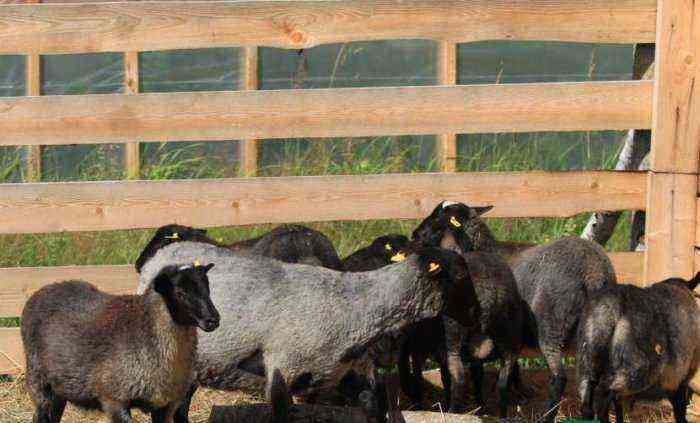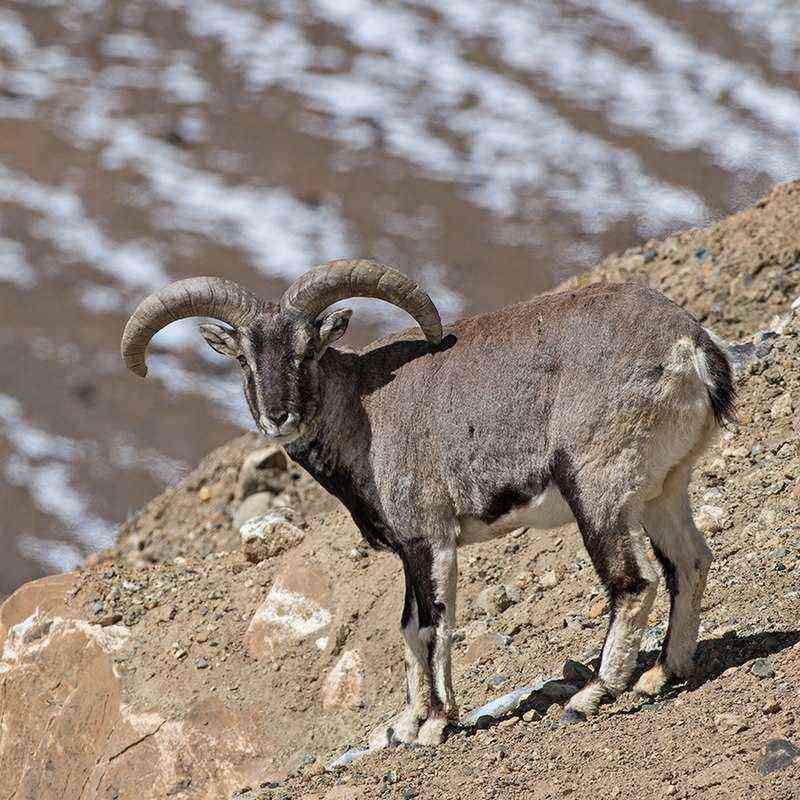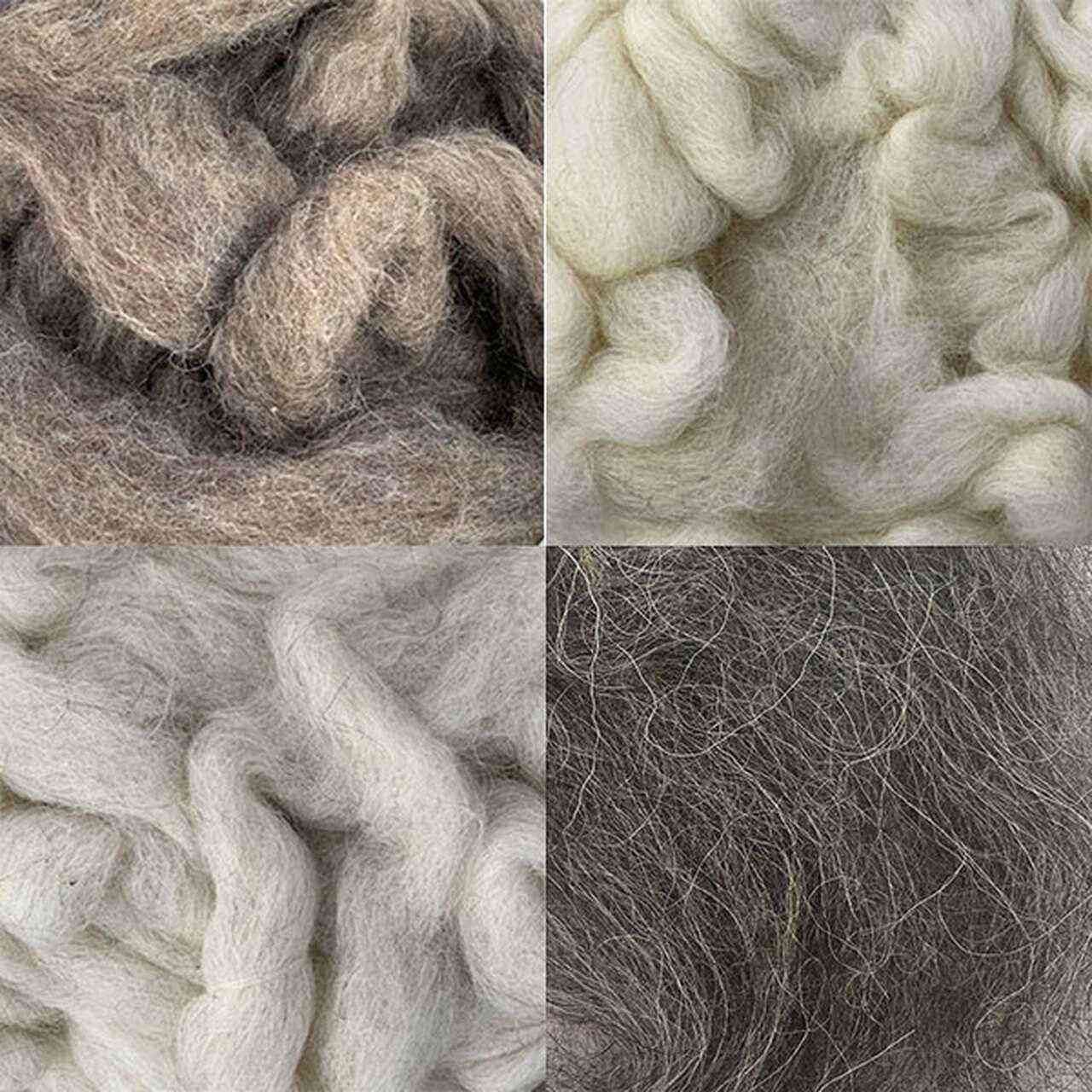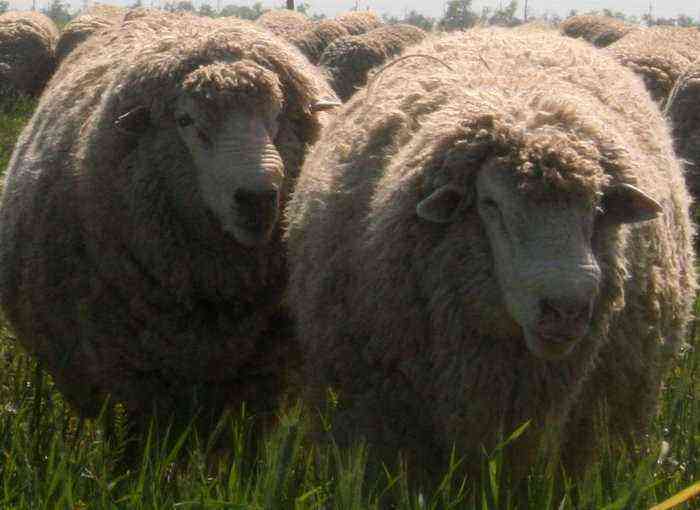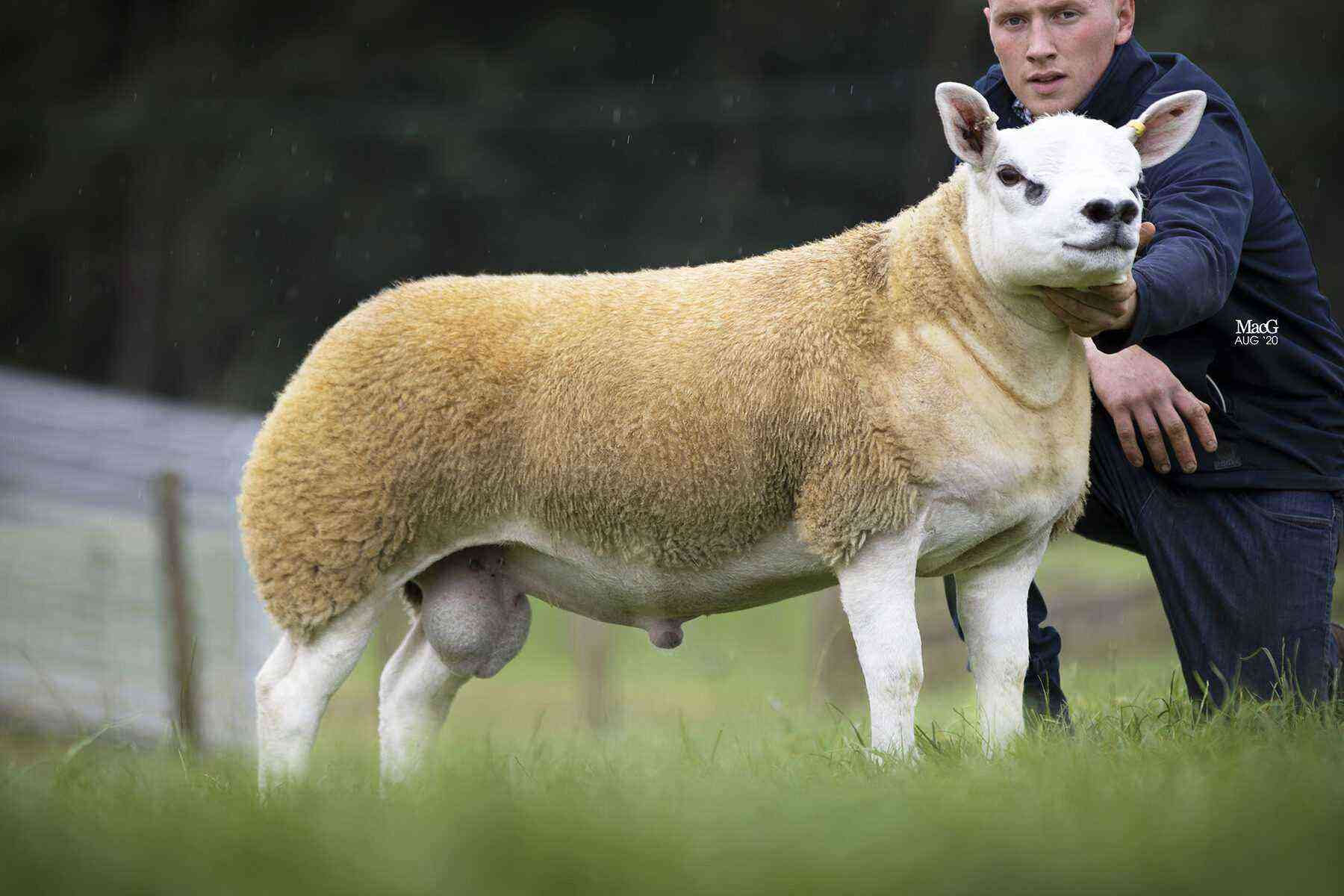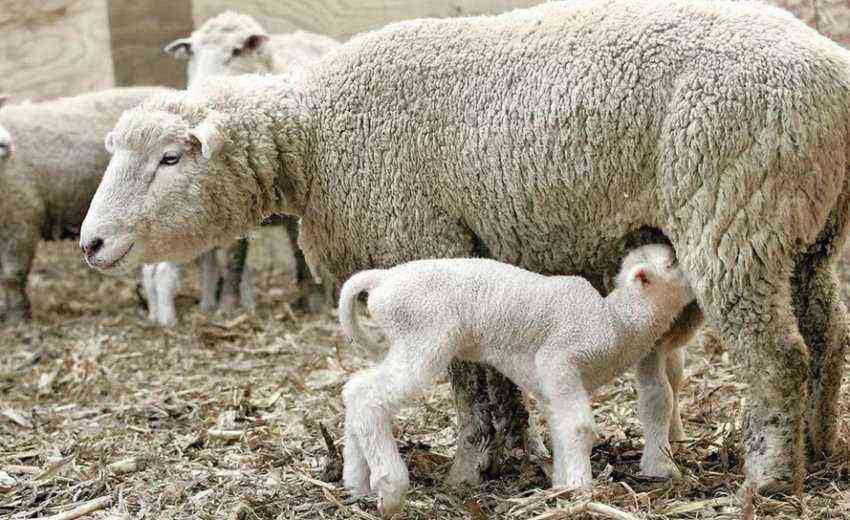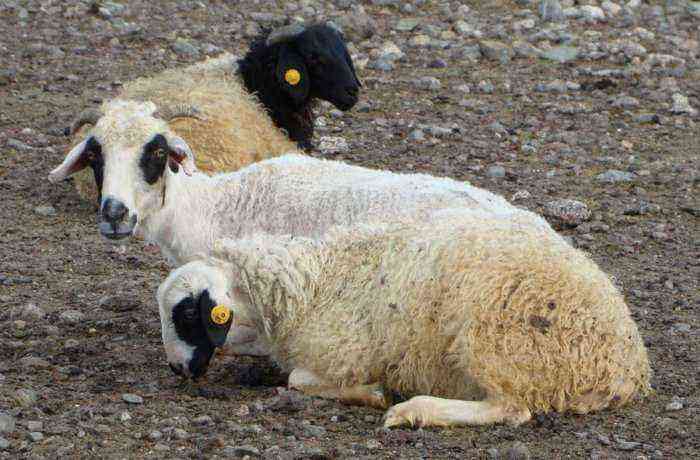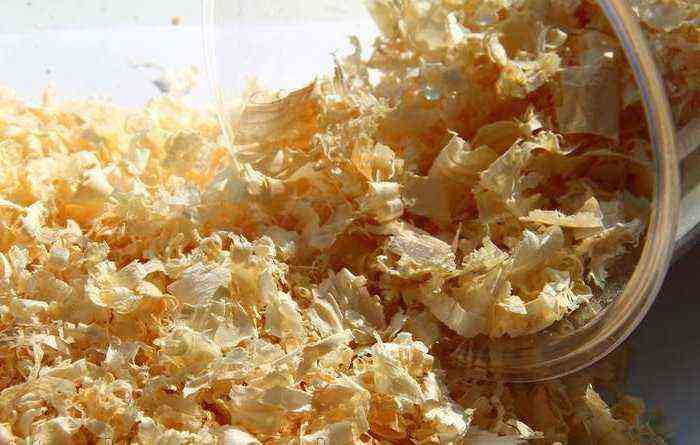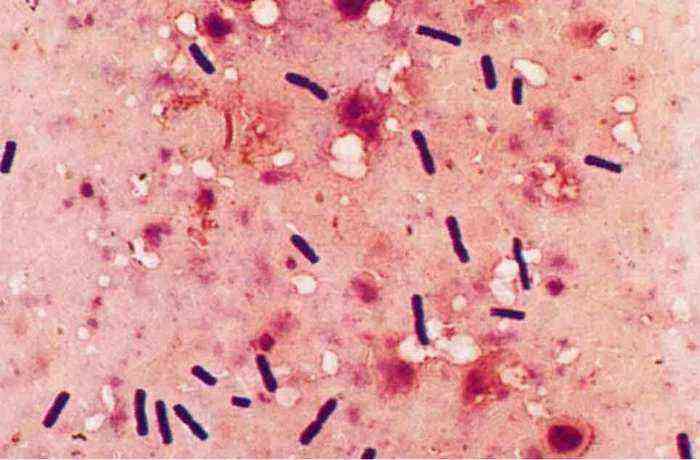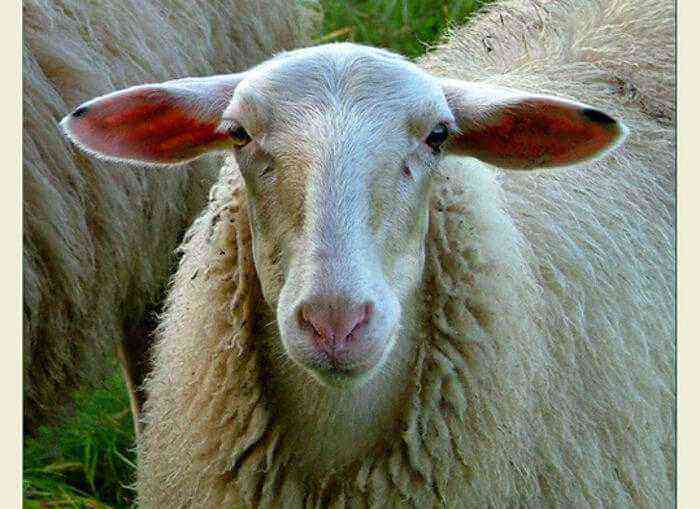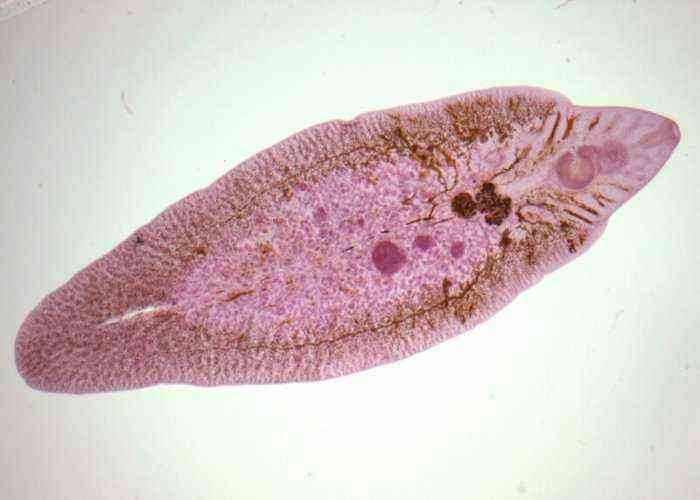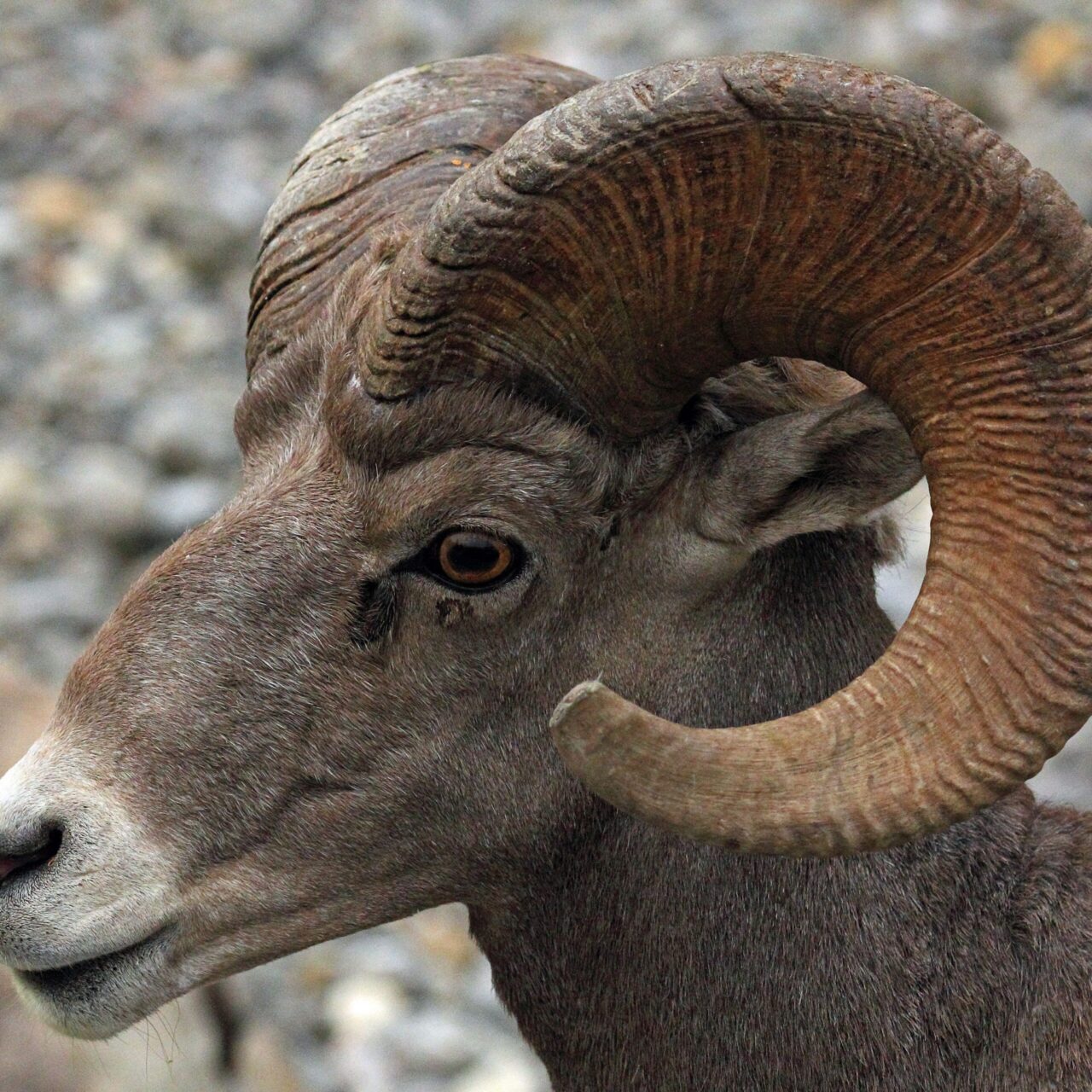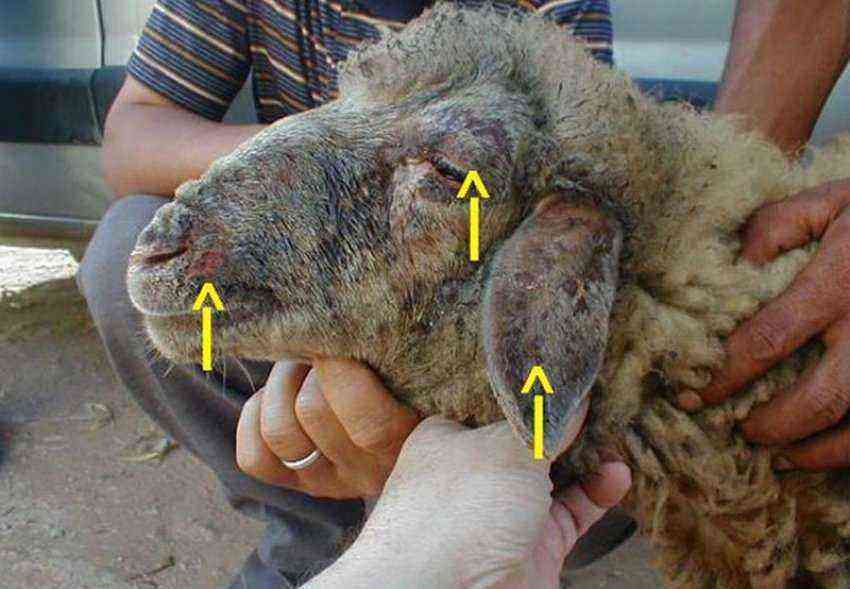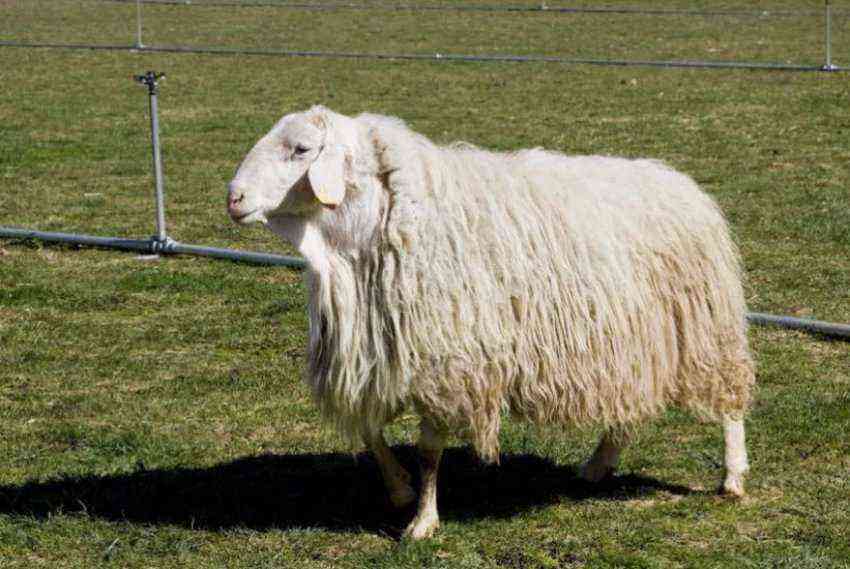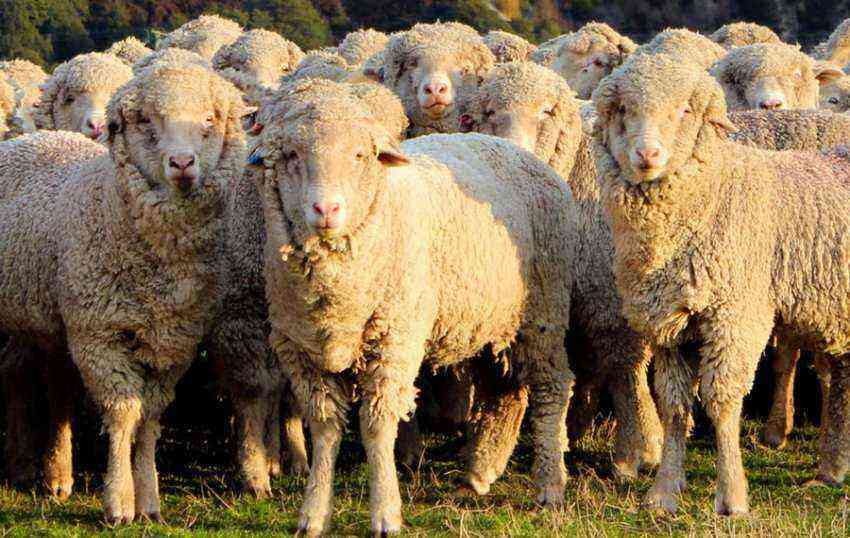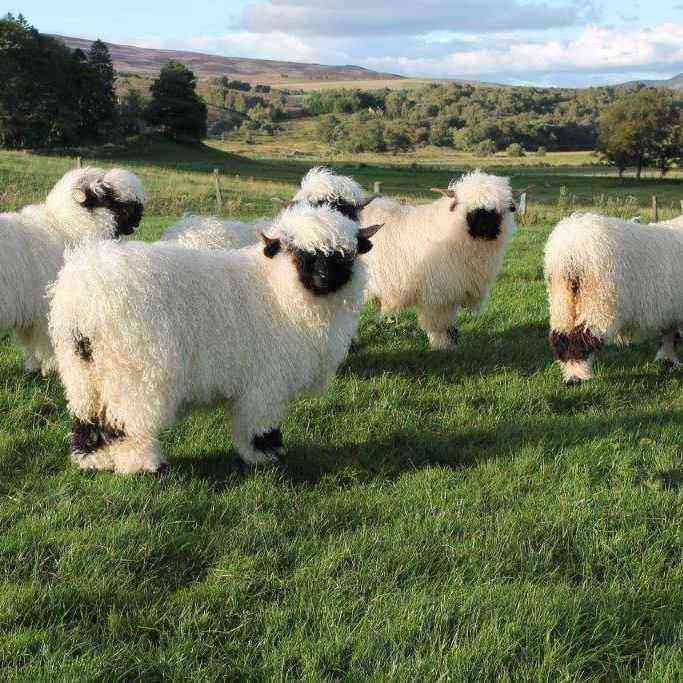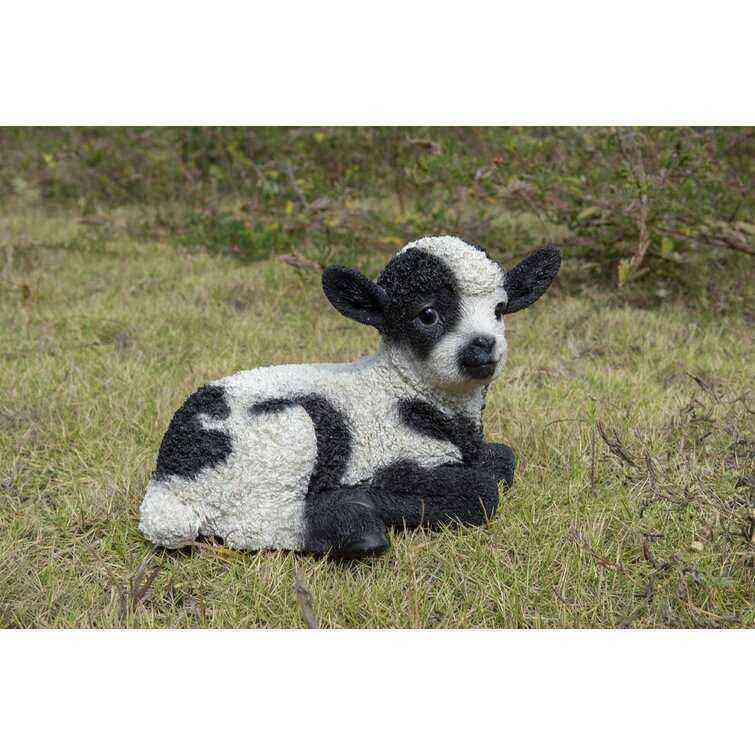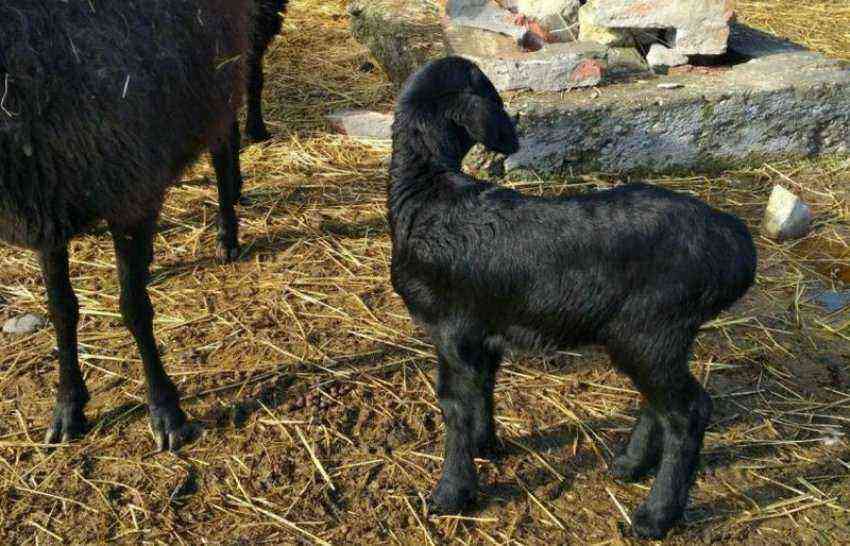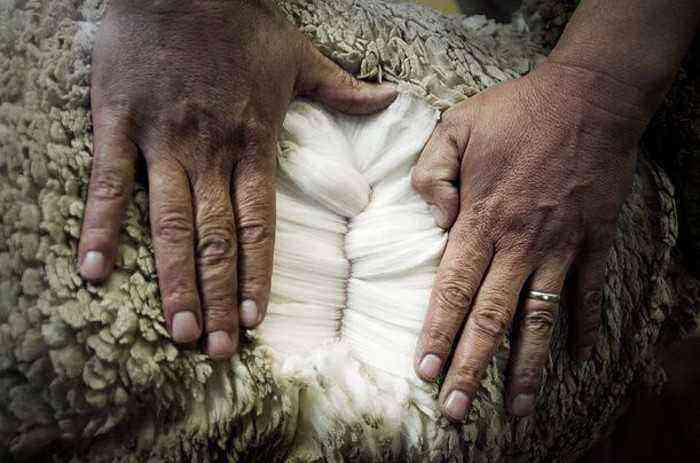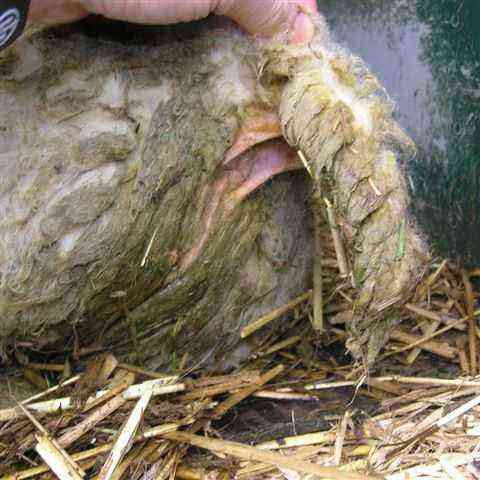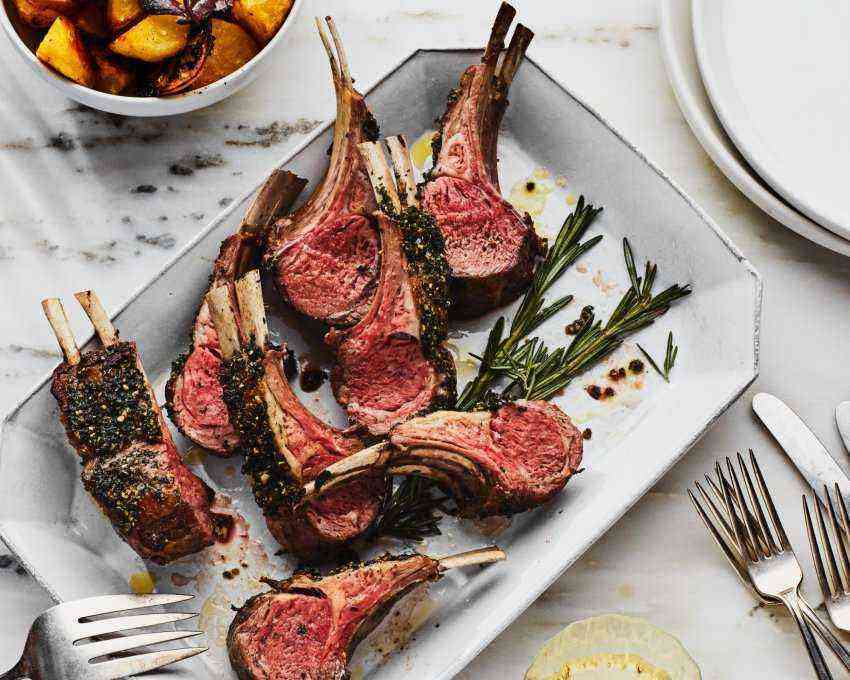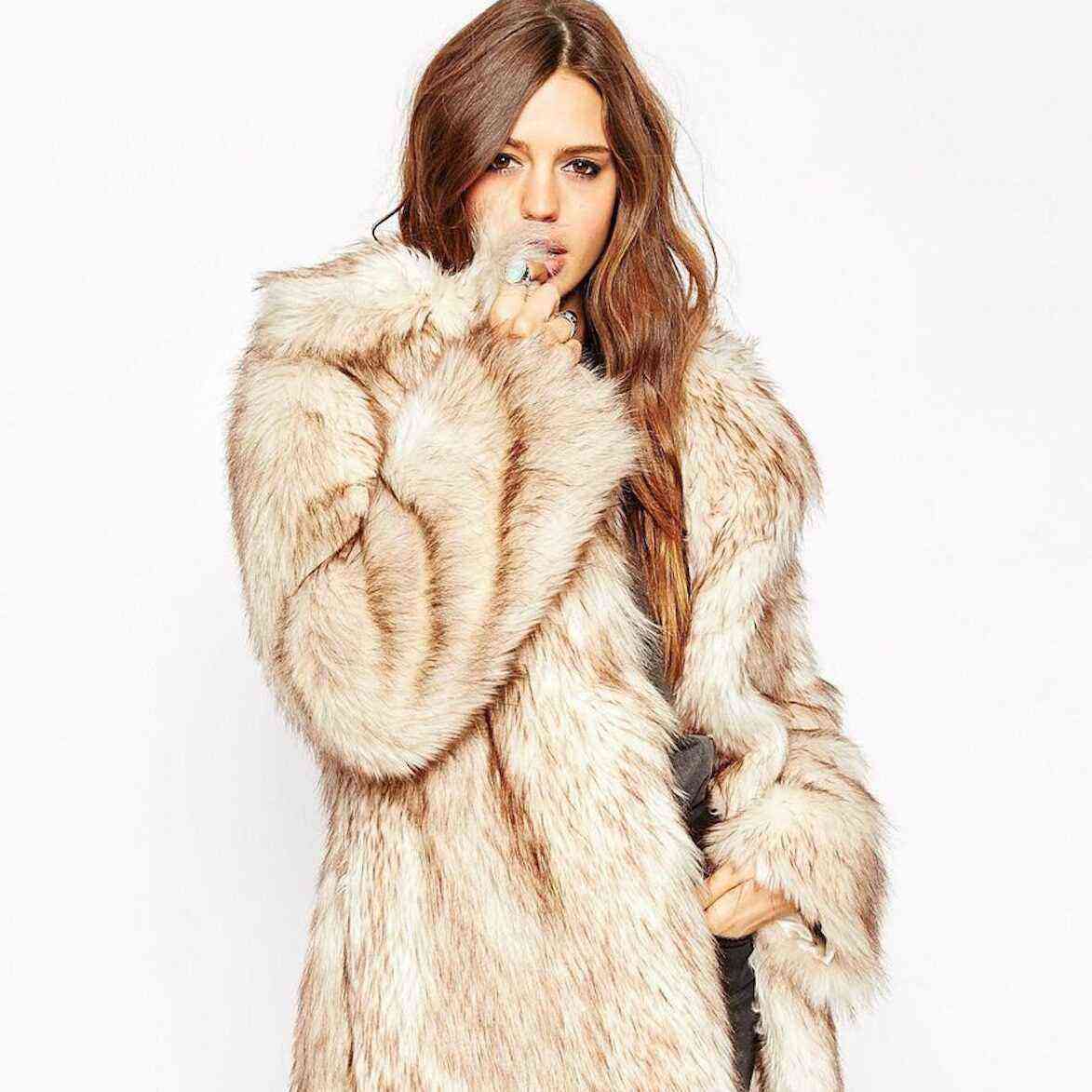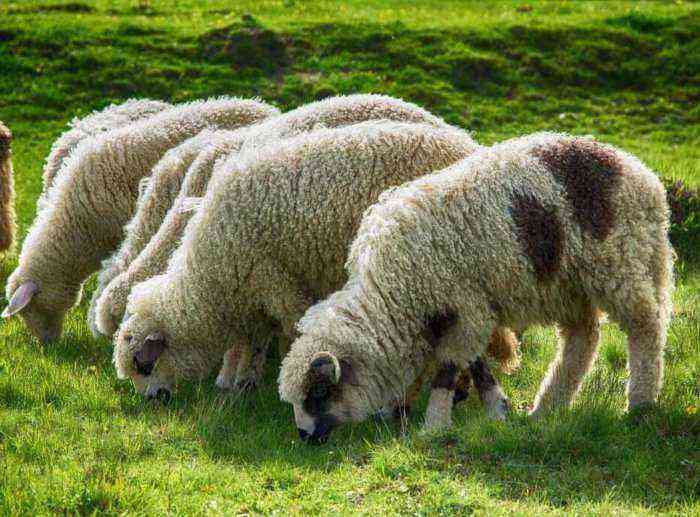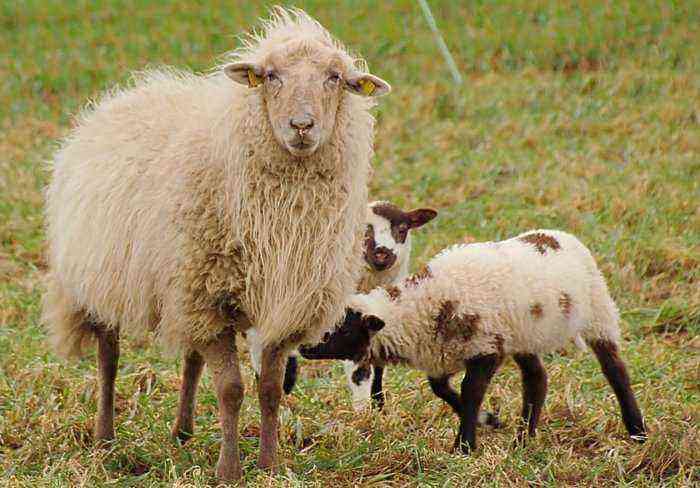The Dagestan mountain breed of sheep is the result of crossing local coarse-haired ewes with Wurtenberg producers. Its representatives in their homeland are highly valued by farmers for their endurance, good indicators of meat and wool productivity and the adaptability of these sheep to local conditions.
Dagestan mountain breed of sheep
History
The Dagestan breed of sheep is the result of the work of breeders of the Gunibsky district of the Republic of Dagestan – Busurin and Bliznichenko. They were engaged in the creation of a new breed branch for 16 years, from 1934 to 1950. Their goal was to obtain sheep with semi-fine wool, adapted to the transhumance method of keeping. For this, local sheep of coarse-haired breeds were used, which were crossed with fine-fleeced Württemberg rams. The choice fell on them, because the representatives of the German breed were perfectly adapted for breeding in mountainous areas.
When the descendants of local lambs and Wurtenberg rams were born, they began to be bred within the tribe. In order to adapt to the local climate, the resulting offspring were constantly kept in the open air. The result of the selection work was pleasing – the new breed was well adapted to transhumance and grazing and mountain climate. Dagestan sheep inherited high quality fleece from their German ancestors.
Description
Representatives of the Dagestan breed of sheep have a strong physique and well-developed muscle mass. Consider briefly their characteristics:
- the weight of the male exceeds 75-100 kg, the uterus is smaller – 45-50 kg;
- strong skeleton;
- the back is straight;
- the body is cylindrical;
- the sacrum is slightly lowered;
- there are folds on the neck;
- the limbs are not overgrown;
- the coat is white, on the head it touches the line of the eyes;
- the fleece is semi-thin with a small crimp, the structure is staple;
- the length of the fibers – in ewes – 7-8 cm, in males the wool is longer – up to 10 cm.
The length of the fibers – in ewes – 7-8 cm
Productivity
Dagestan sheep belong to the meat and wool direction in terms of productivity. Lambs are slaughtered at the age of 7-8 months. The slaughter yield of meat reaches 48%.
Sheep grow quickly and are usually sheared in autumn and spring. The wool of representatives of the Dagestan breed of good quality is thick, soft, thin (20-25 microns). Tonina is assigned a quality level of 58-64. From each adult ram, 5,5-6 kg of raw materials are sheared per year, and from ewes – 3-3,5 kg of wool. After the washing procedure, the net yield of wool exceeds 50%.
In addition to wool and meat, the sheep of Dagestan give milk. It contains 7-8% protein and the same amount of fat. Sheep milk is used to make some types of cheese, cottage cheese and sour milk drinks.
Attention! The fertility of the queens of the Dagestan breed of sheep is 125%. This is an average.
Lambs, eating mother’s milk, gain weight per day by 250 grams. At the age of 6-8 months, with good fattening, they weigh 30-35 kg.
Advantages and disadvantages
Dagestanis highly value the local breed of sheep for its virtues:
- adaptability to the local climate;
- exceptional endurance (animals are able to move long distances, while gaining weight);
- hardness of the hoof horn;
- high meat productivity;
- rune quality.
Dagestanis
The breed also has some disadvantages. These include:
- low rate of annual wool shearing;
- insufficient crimp of the fibers;
- low fat content.
Reference. The more fat that is released from sheep, the better – the fleece does not get so dirty.
Where are they bred?
Since this breed of sheep is adapted to the mountain climate, it is bred mainly in the foothills of Dagestan. Her best sires are used to cross with females from other local breed lines in order to improve meat production and wool quality.
The fruit of the work of Dagestan breeders has gained popularity in their homeland. Scientists managed to create a breed that combines several valuable qualities at once – adaptability to local conditions, unpretentiousness, endurance, high meat productivity and acceptable wool quality.


